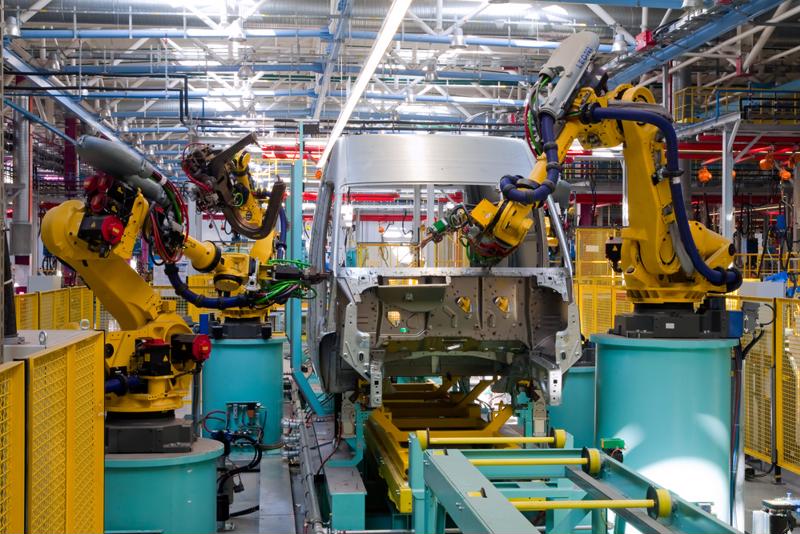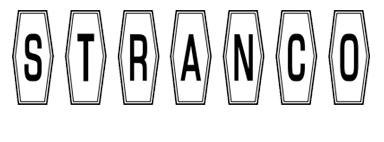Since their inception, barcodes have been an essential tool for reliably tracking products and goods throughout the entire supply chain. Due to modern advances in barcode design and scanning technology, companies and organizations across the world are benefiting from fast and accurate product identification. With product tracking and identification abilities, enterprises can cut costs, improve efficiency and experience higher rates of customer satisfaction.
Though most companies may realize how important barcodes are for improving their overall workflow, they may not be fully aware of just how integral barcodes are to the production, distribution and supply processes. For companies that want to improve their supply chain management, here is a step-by-step guide to how important barcodes are to each step of the manufacturing process.

How are barcodes used during the production process?
To keep track of parts and products, barcodes play a vital role in helping manufacturers ensure that every component is working properly and not forgotten during the production process. At the beginning of the process, the quantity and types of parts are verified through scanning the individual barcodes. As the parts are sent through assembly lines, each barcode is scanned along the way by employees or machines as they assemble the product.
With each scan, manufacturers' computers record exactly how many units or products are created, along the time and date these products were produced. This allows manufacturers to easily access past data in the event of quality standards issues. If employees are scanning parts throughout the process, they will be able to easily pinpoint where the problem began. Following the end of the process, usually a new product barcode is printed, which will keep it in compliance with various federal regulations and tracking standards.
"Barcodes are essential for maintaining visibility."
How are barcodes used during the distribution process?
For large-scale manufacturers and distributors, barcodes are essential for maintaining visibility throughout the shipping and receiving processes. From the time a shipment of products leaves its warehouse to when it eventually makes its way to a retailer, the barcode plays an essential role in tracking it each step of the way. For example, with an e-commerce delivery, many consumers can access real-time tracking information that shows when and where a package arrives at each shipping hub as it makes its way to their home or place of business.
How are barcodes used during the supply process?
In the days before barcodes, retailers had to manually enter each product into the register, calculating the price of each item along the way. This process made simple acts such as buying groceries take significantly longer than they do today. Now, consumers can opt for self-checkout and scan their own goods in a manner of minutes.
For cashiers and retailers, each time employees scan a product's barcode, the store's computer system will automatically update, showing how many more products are available or if management needs to order more to replenish their stock. Instead of requiring employees to manually search for products to determine whether or not they are in stock, all they need is to scan the barcode or enter the SKU number, to access vital product data at their store. In many major retailers, some customers can even scan products themselves at self-scanning stations to check prices, availability and more.
Companies looking to revolutionize their supply chain management process should invest in thermal transfer barcode labels. At Stranco, each of our durable labels offer the highest quality resolution and durability, ensuring that manufacturers never have to worry about the lifespan of each barcode label they apply to their products. Contact us today to speak with a skilled customer service representative.

